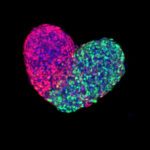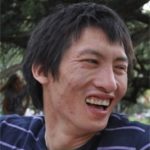Link to Pubmed [PMID] – 31695195
Nature 2019 Nov;
Bacterial chemotaxis, the directed movement of cells along gradients of chemoattractants, is among the best-characterized subjects in molecular biology, but much less is known about its physiological roles. It is commonly seen as a starvation response when nutrients run out, or as an escape response from harmful situations. Here we identify an alternative role of chemotaxis by systematically examining the spatiotemporal dynamics of Escherichia coli in soft agar. Chemotaxis in nutrient-replete conditions promotes the expansion of bacterial populations into unoccupied territories well before nutrients run out in the current environment. Low levels of chemoattractants act as aroma-like cues in this process, establishing the direction and enhancing the speed of population movement along the self-generated attractant gradients. This process of navigated range expansion spreads faster and yields larger population gains than unguided expansion following the canonical Fisher-Kolmogorov dynamics and is therefore a general strategy to promote population growth in spatially extended, nutrient-replete environments.

